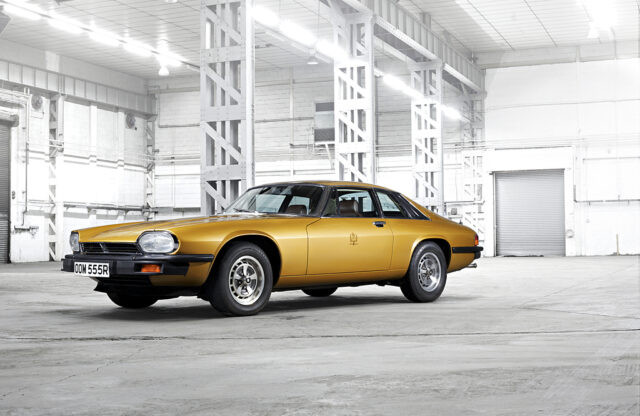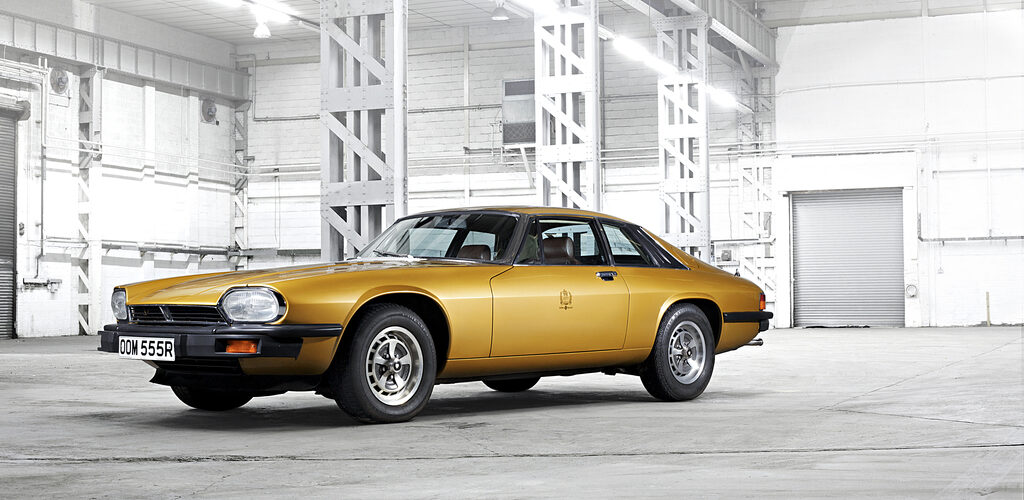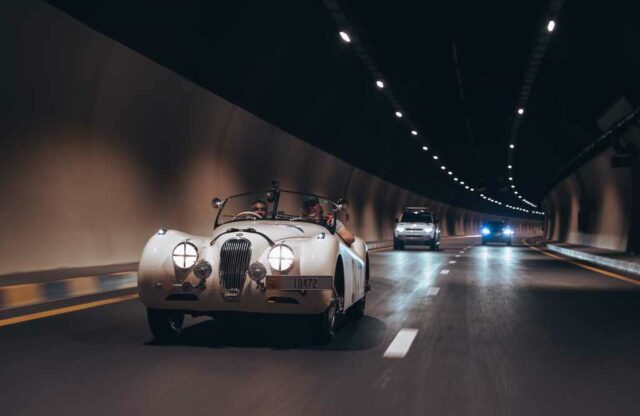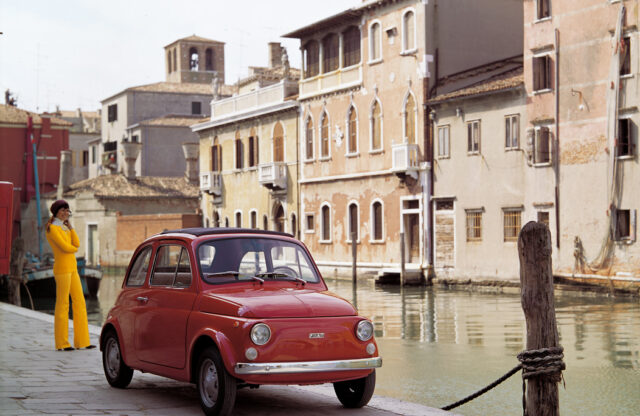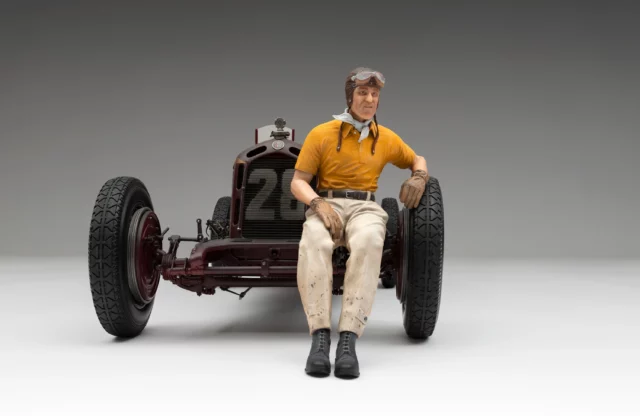Revealed to the world in 1975, there was no doubt that the stunning Jaguar XJ-S embodied the Grace, Space, Pace slogan that the marque aspired to imbue into all of its products. Initially, however, it did not enjoy the same kind of gushingly positive reception that its E-type predecessor had been afforded.
Replacing an icon with something so radically different was never going to be easy, especially when that replacement was a big, expensive 5.3-litre V12 grand tourer and the OPEC oil crisis had just hit. Perhaps inevitably, sales faltered in the early years, but Jaguar persevered and the XJ-S (later XJS) remained in production for more than two decades, evolving into one of the finest GTs around and easily outselling the E-type.
The first major change that took place was in 1981, when the High-Efficiency (HE) variant was introduced, adding a bit of power while reducing the prodigious thirst of the big V12. Visual changes included body-coloured bumpers and a new design of alloy wheels.
Then, in 1983 a 3.6-litre inline-six was added to the range. Available solely with a manual transmission for the first few years of production, it gave up 70bhp to the V12, but was far more efficient and still provided plenty of power. Sales soon began to rise. A targa-style convertible XJ-SC was also introduced that same year, although it wasn’t until a proper drop-top was launched that customers embraced the Jag cabriolets.
The biggest updates came in 1991, when the inline-six was uprated to 4.0 litres, while the V12 got its own 6.0-litre upgrade a year later. The hyphen was dropped from the name and the styling was modernised; the rear buttresses that had been so controversial at launch become an integral part of the design. The brakes, gearboxes and interior were also changed, making these last-of-the-line XJ models the most resolved of the lot.
ENGINE
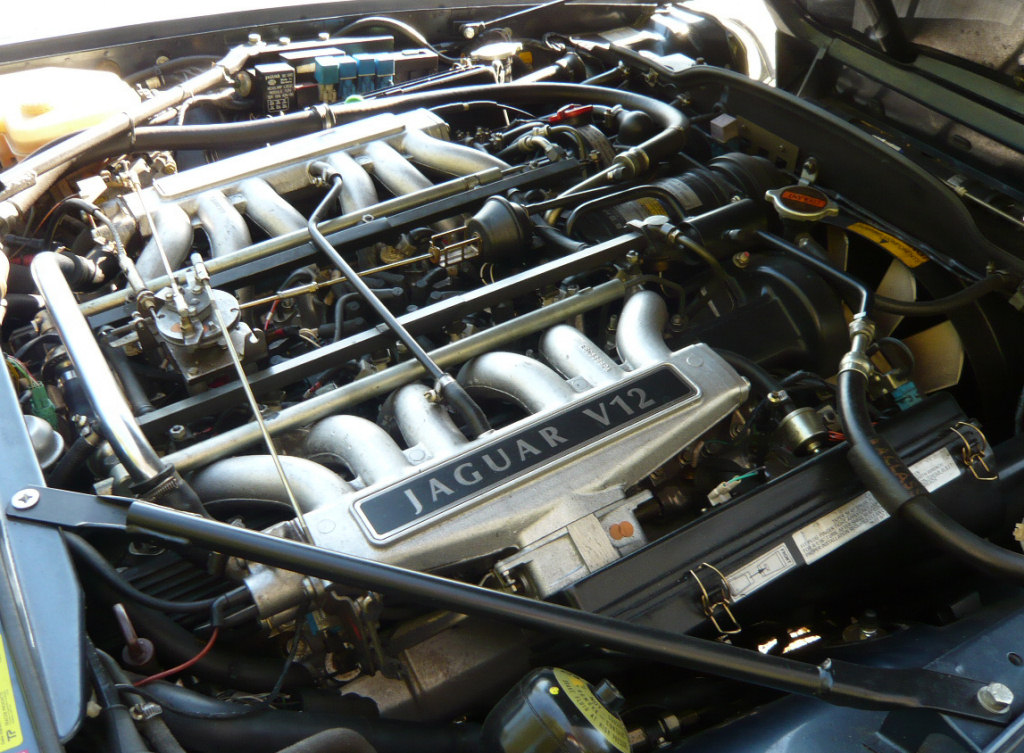
Oil leaks are not uncommon, so thoroughly check the cam-cover gaskets and around the underside of the car. Lubricant changes are recommended annually or every 3000 miles. Timing chains wear out on both the V12s and inline-sixes; a rattle at idle is a give-away that all is not well. Worn-out exhaust-manifold gaskets are also common to both of these engines.
Slightly uneven idling and hesitation during acceleration can be due to a misfire, often caused by coil issues or badly worn spark plugs (especially on the V12s, which have notoriously poor plug access). Both engines are relatively robust if well cared for, but the six-cylinder cars cost less to maintain although they inevitably aren’t quite as smooth as the V12s.
The cooling system needs flushing every two years, because the radiators can get clogged leading to all sorts of issues. Overheating on the V12s is more common, and if the motor is clattery or the temperature gauge moves past the mid-point on a test drive, it will quite likely need expensive work to get right.
GEARBOX
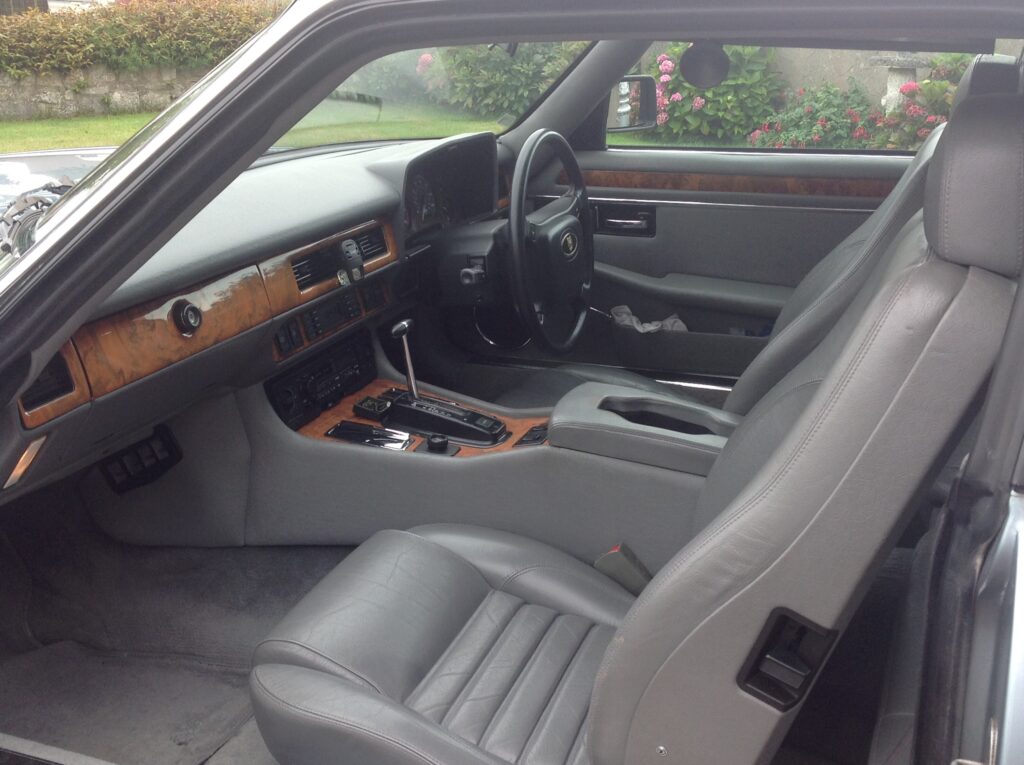
The majority of V12s were fitted with the three-speed automatic transmission, which gained an extra ratio from 1992-on. A handful of the early cars were manuals, while the majority of the inline-sixes were so equipped until 1987, when a four-speed auto became available.
All are strong units, but watch out for slurred changes and delayed kickdowns on the autos, and worn synchros on the manuals. The gearbox mountings on the later GM autos can also break, causing a knocking noise when shifting ratios.
SUSPENSION AND BRAKES
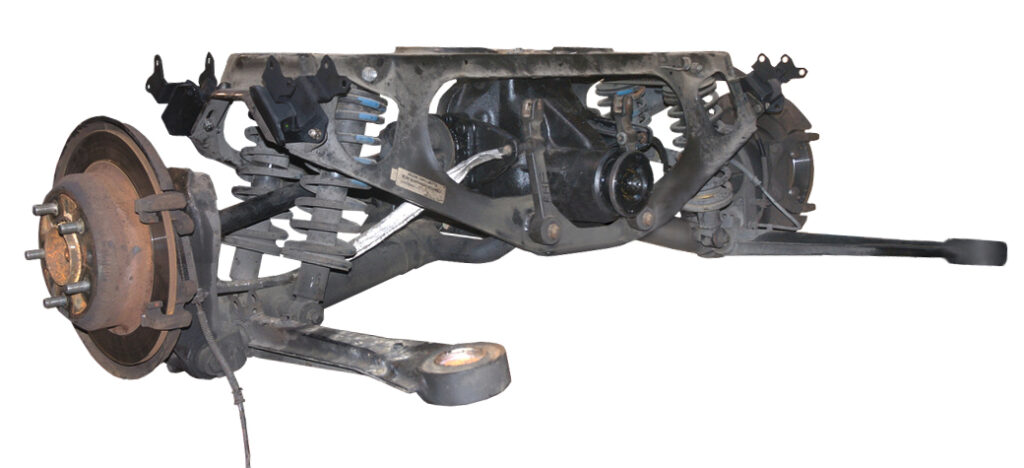
All models had disc brakes all round. There are no inherent issues, aside from seized calipers on little-used examples. Earlier cars equipped with inboard rear brakes are harder to work on.
The suspension bushes on the front end can deteriorate, so budget on fitting a new set at least every 60,000 miles. Unevenly worn tyres are usually a sign that something is wrong.
Meanwhile, the rear suspension is tricky to work on, as it shares a subframe with the differential. Hub bearings will exhibit excessive movement if worn, but aside from ageing bushes or leaking dampers, there is not much that goes wrong on well maintained cars.
BODYWORK
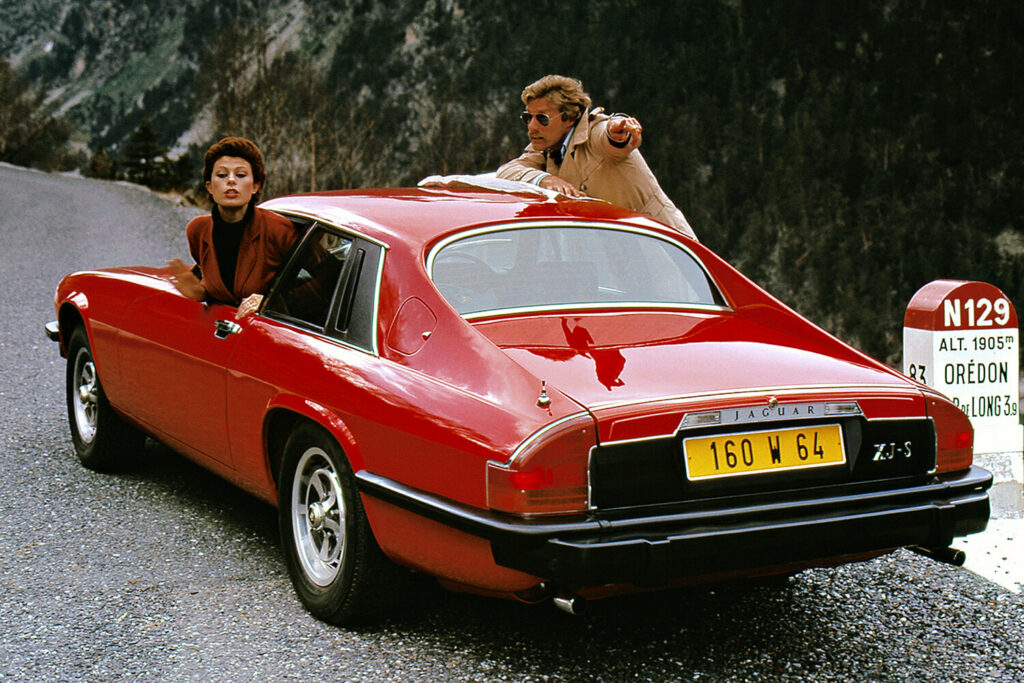
The XJS is not known for its rust-free bodywork. While this is not dissimilar to other cars of the same era, the early models are particularly prone to rot. From 1991-on the shells were galvanised, but although this does make the later examples less likely to corrode, some areas will still need to be examined.
Wheelarches, sills and doors are rust prone; replacement panels are available, but if the floorpan is rotten then you might want to keep on looking. Repair costs can quickly get pricey.
INTERIOR
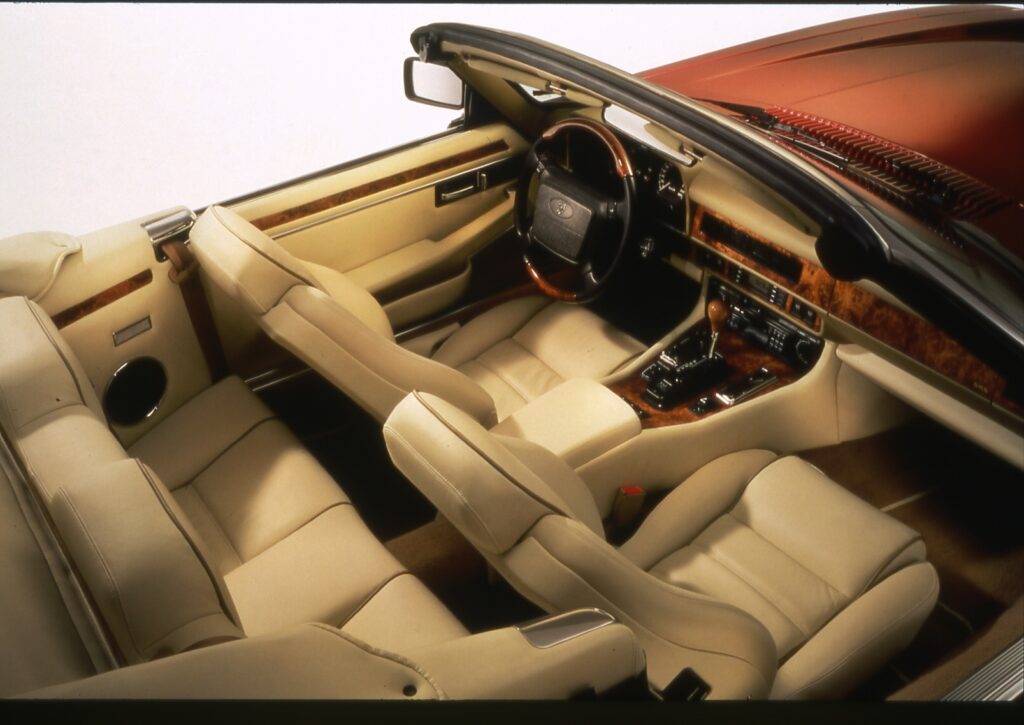
Electronic issues are less common in facelifted cars, but you should still check that every button, gauge and switch is working as it should. Electric-window motors can fail, too.
Damp carpets are a sure sign that water is getting in the cabin, which can rust seatbelt mountings and damage wiring. The interior is long lasting, although the wood veneer can peel off. Locating replacement trim is not always easy.
WHICH JAGUAR XJS TO BUY
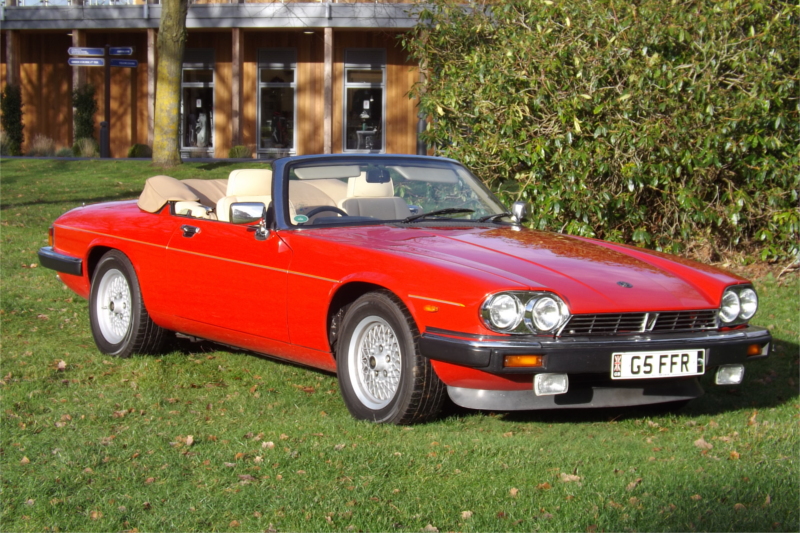
Produced for 21 years, the XJS went through a number of changes. Driving an early V12 and a mid-1990s example back-to-back will starkly highlight just how much the model evolved. That said, the first batch of V12s fitted with a manual transmission are now arguably the most desirable. Convertibles and Celebration variants tend to trade for a premium over the standard models.
Rarity aside, if you intend to use your XJS regularly the best bet would be a later 4.0-litre. It’s hardly slow, and both the manual and automatic models offer an enjoyable driving experience. They also benefit from the lower running costs and incremental updates that were carried out through the car’s lifespan.
High running costs and low values for years mean low-mileage mint-condition V12 models are now extremely rare and command strong prices. We would recommend going for the best XJS you can find, as getting a project back up to spec can be financially unviable.
WHAT TO PAY

(UK, 1990 Coupé)
FAIR: £11,100
GOOD: £18,200
EXCELLENT: £25,000
CONCOURS: £30,100
(US, 1990 Coupé)
FAIR: $7300
GOOD: $13,900
EXCELLENT: $30,600
CONCOURS: $54,800
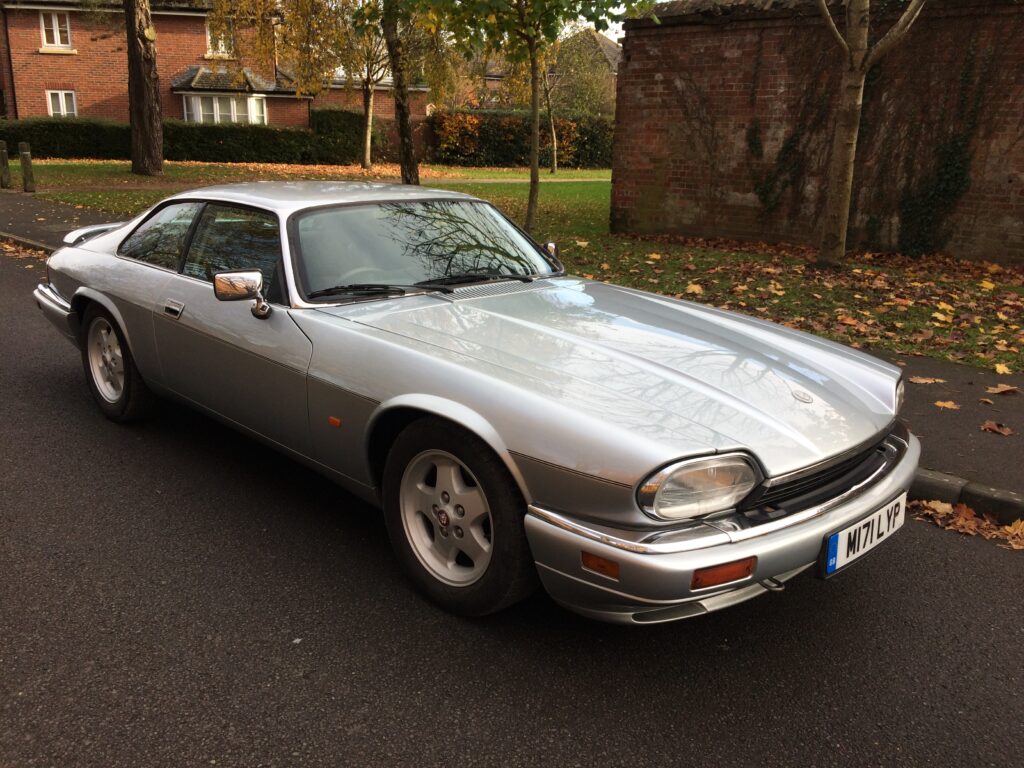
SPECIFICATIONS
3.6-litre inline-six
Power: 221bhp
Top speed: 138mph
0-60mph: 7.5 seconds
Economy: 25mpg
5.3-litre V12
Power: 285-291bhp
Top speed: 150mph
0-60mph: 7.0-7.6 seconds
Economy: 15mpg
6.0-litre V12
Power: 318bhp
Top speed: 160mph (est.)
0-60mph: 6.6 seconds
Economy: 15mpg
